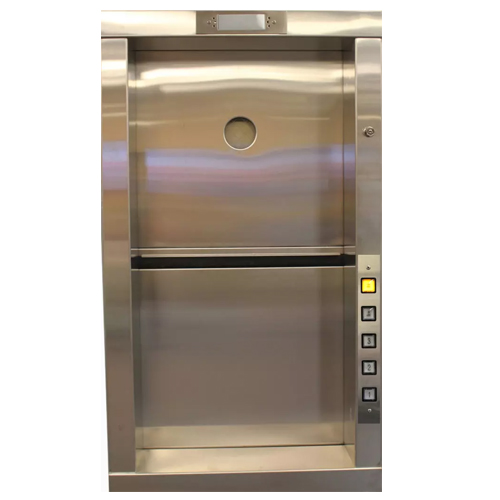
Restaurant Tables
Rs.
Rs.
- MaterialMango wood
- MaterialMetal
- FinishHoney finish
- Warranty36 Months Warranty
- BrandWooden Street
- Est. Delivery5-7 Weeks
- Delivery ConditionExpert-Assembly
- SKUWSFBS130OG16820
- The type of restaurant you have will influence the choice of tables. Fine dining establishments may opt for larger, more spaced-out tables, while fast-food or casual restaurants might choose smaller, more compact tables.
-
Material:
Common materials for restaurant tables include wood, metal, laminate, and granite. The choice of material should align with the overall theme and style of your restaurant. For example, wood can create a warm and inviting atmosphere, while metal may contribute to a more modern or industrial look. -
Durability:
Restaurant tables need to be durable and able to withstand frequent use. Consider the quality of the materials and construction to ensure longevity. Scratch-resistant and easy-to-clean surfaces are also important for maintaining the tables' appearance. -
Shape and Size:
The shape and size of the tables should be chosen based on your restaurant's layout and the number of people you aim to accommodate. Round tables encourage conversation, while rectangular tables are space-efficient. Consider various table sizes to accommodate different group sizes. -
Style and Design:
Tables should complement the overall interior design and theme of your restaurant. Consistency in design, including the choice of tables, contributes to a cohesive and aesthetically pleasing environment. -
Seating Arrangement:
Consider how the tables will be arranged to maximize seating capacity while ensuring a comfortable and accessible layout. Pay attention to spacing between tables to allow for easy movement and ensure privacy for diners. -
Height:
The height of the tables is important for comfort. Standard dining tables are typically around 30 inches in height, but bar-height or counter-height tables may be suitable for certain types of restaurants. -
Customization:
Some suppliers offer customization options for tabletop finishes, edges, and bases. This allows you to tailor the tables to fit your restaurant's unique style and branding. -
Budget:
Stick to your budget while ensuring that the tables are of good quality and meet safety standards. Balance cost considerations with the need for durable and well-designed tables. -
Regulatory Compliance:
Ensure that the tables comply with local building codes and regulations, particularly in terms of safety standards and accessibility. -
Supplier Reputation:
Choose reputable suppliers or manufacturers with a history of providing high-quality commercial-grade furniture. Reading reviews, asking for recommendations, and inspecting samples can help you make an informed decision.
Remember that the choice of tables contributes to the overall dining experience, affecting both the aesthetics and functionality of your restaurant. Carefully considering these factors will help you select tables that align with your vision and meet the practical needs of your business.











